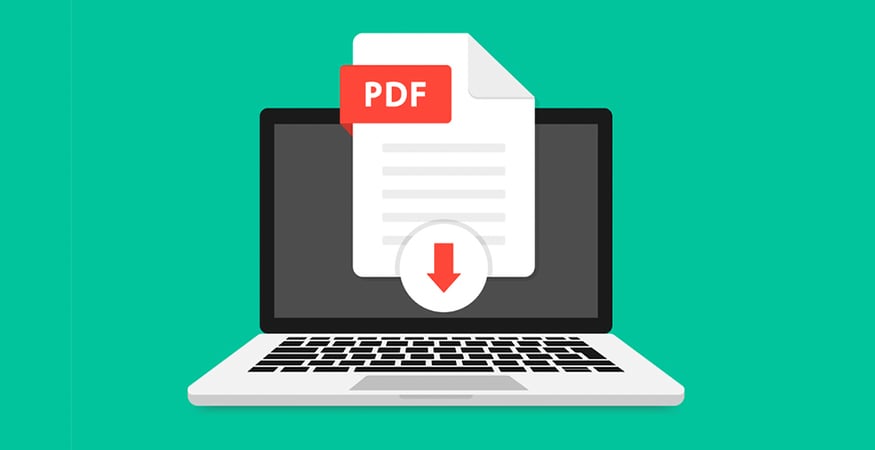Ever feel like your printer ink disappears faster than your morning coffee? You’re not imagining things—printer cartridges don’t last forever, and when your printer sits unused for a while, you might notice streaky pages or dried-out ink.
The good news? A few simple habits can help you stretch the life of your cartridges and avoid those frustrating print fails. And since ink isn’t exactly cheap, it’s worth knowing how to get the most out of every drop. Let’s answer some common questions and help you protect your printing investment.
Do Laser Printer Cartridges Dry Out?
Laser printers use toner powder which doesn’t dry out the same way an ink cartridge does. Unlike an inkjet cartridge, which is liquid-based, toner is composed of plastic components. It’s already dry, so it won’t dry out further. When stored properly, a sealed printer toner cartridge can technically last for years. However, most toner manufacturers recommend a maximum shelf life of 24 to 36 months to ensure optimum printing and prevent the risk of toner clumps. Once installed in a printing device, you can leave a toner cartridge untouched for weeks and it should still print without any issues.
Do Ink Cartridges Dry Out?
They sure can—and it happens more often than you might think. Inkjet cartridges are especially prone to drying out when printers sit unused for long stretches of time. When that happens, the ink can clog the nozzles and lead to poor print quality—or no printing at all.
To avoid issues, it’s best to keep opened cartridges around for no more than 12 months. And even that depends on how they’re stored. Heat, humidity and even direct sunlight can shorten their lifespan significantly.
On the flip side, brand-new, sealed cartridges typically have a shelf life of 24 to 36 months—sometimes longer if stored properly in a cool, dry place.
ARTICLE: What’s the Difference Between Laser & Inkjet Printers
What Can Cause My Printer Ink to Dry Out?
In addition to time taking its toll, there are other reasons why an inkjet printer cartridge may go bad. Check out the following issues and helpful solutions.
1. Using Expired Cartridges
Do printer cartridges have expiration dates? Yes, and using them after this date can lead to printing problems. An expired cartridge could potentially clog your printhead, which could be an expensive fix.
SOLUTION: Check the “use by” dates when buying printer ink cartridges, found on the side of the cartridge or cartridge box. This is especially important when buying from discount retailers—some may unknowingly (or knowingly) sell expired stock. Using old ink can lead to poor print quality or even damage your printer, so it’s always worth double-checking before you buy.
2. Manually Refilling Cartridges
Refilling used-up ink cartridges could potentially introduce air into the mix. This can dry up the ink and clog nozzle heads.
SOLUTION: Avoid refilling cartridges. It’s not only messy but will likely give you poor printing results.
3. Storing Cartridges in Warm Temperatures
Poor storage conditions can affect a cartridge whether it’s in a sealed package or not. Heat and humidity can affect the performance of your ink cartridges and dry them out prematurely.
SOLUTION: Always keep your printer and refill cartridges at a stable room temperature. Store sealed cartridges in an upright position in a cool, dry area. Keep them away from heat sources and direct sunlight, like a desk drawer.
4. Using Old Ink
If ink cartridges sit idle in your machine for an extended period, they will eventually dry up and become unusable.
SOLUTION: The simplest way to combat this problem is printing more frequently. You can also run regular cleaning cycles and ink tests to ensure the nozzles remain clear. We recommend printing at least once every couple of weeks to keep your ink cartridges operating smoothly.
What Can I Do if My Printer Ink Dries Out?
Once an ink cartridge dries out, refreshing it might not be possible. It’s best to take proactive measures by following the tips and solutions noted above.
However, before giving up on a dried-up cartridge, run a print head cleaning cycle. Doing so can sometimes get an idle cartridge up and running again. The head-cleaning function works to prime your cartridges if dried-up ink causes a clog.
ARTICLE: Everything You Need to Know About Printer Ink and Toner
What Is the Best Way to Ensure Fresh Printer Ink?
There is a better way to manage your ink and toner. Just-in-time delivery uses an algorithm that factors in both ink usage and print volume on a particular device to deliver fresh supplies. A just-in-time strategy from your Managed Print Services provider means you don’t have to buy and stock toner yourself. Instead, a local service and distribution center manages toner inventory and delivery. You won’t need to store or manage inventory on your own.
If you have any questions about caring for your ink or toner cartridges, or if you’d like to learn more about Gordon Flesch Company's just-in-time toner replenishment program or how our Managed Print Service can help your company, reach out to us today for a free assessment.










